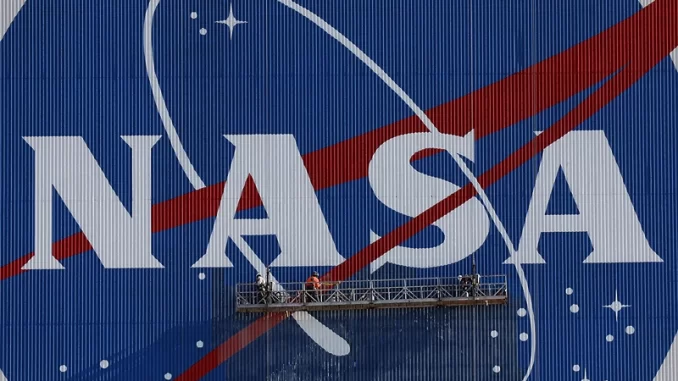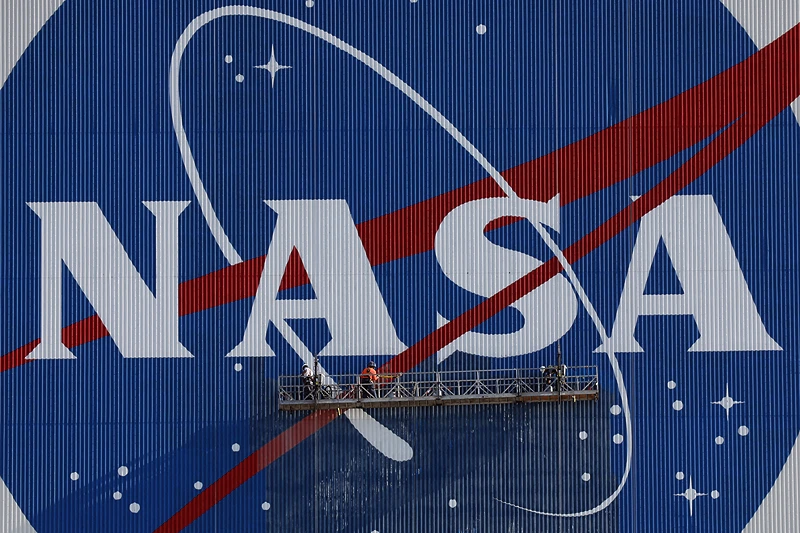

OAN Staff Brooke Mallory
11:37 AM – Monday, September 23, 2024
This fall, there will be a second “mini-moon” outside of Earth. The recently discovered asteroid will begin to orbit the planet in late September.
Advertisement
Through the NASA-funded “Asteroid Terrestrial-impact Last Alert System,” scientists found asteroid 2024 PT5 on August 7th.
This small asteroid will circle the planet from September 29th to November 25th. After exiting Earth’s orbit, PT5 will re-enter the asteroid belt, pull toward the sun, and continue to move throughout the solar system.
Asteroid 2024 PT5 will follow a horseshoe-shaped path for 56 days during its orbit before escaping Earth’s gravitational pull.
Due to its very small size and dim lighting, the mini-moon cannot be seen with the naked eye, according to Space.com. One must prepare themselves with a 30-inch telescope and a CCD or CMOS detector if they want to take a closer look.
Asteroids must travel in precisely the right direction and at precisely the right speed in order to be drawn in by Earth’s gravity, making it difficult for them to turn into miniature moons such as this.
“In order to become a mini-moon, an incoming body has to approach Earth slowly at close range,” said lead study author Carlos de la Fuente Marcos, a researcher on the faculty of mathematical sciences at the Complutense University of Madrid.
The asteroid’s diameter is most likely 37 feet (11 meters), although further measurements and information are required to determine its exact size, de la Fuente Marcos added.
However, CNN reported that “the space rock [mini moon] could be anywhere between 16 and 138 feet (5 and 42 meters) in diameter, potentially larger than the asteroid that entered Earth’s atmosphere over Chelyabinsk, Russia, in 2013.”
“Whether an asteroid gets captured by Earth is independent of its size or mass, it only depends on its speed and trajectory as it approaches the Earth-Moon system,” stated Robert Jedicke, a specialist emeritus on solar system bodies at the University of Hawaii’s Institute for Astronomy. “Almost all the asteroids that approach Earth do so too fast and at the wrong angle to be captured, but sometimes the combined tugs of all the objects in the solar system contrive to allow a particular (slow) object at the right angle to be briefly captured.”
Stay informed! Receive breaking news blasts directly to your inbox for free. Subscribe here. https://www.oann.com/alerts
Advertisements below

